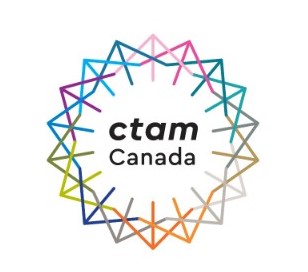
By Amanda Oye
TORONTO – OTT services are becoming more popular than traditional television subscriptions in Canada, according to the results of a study conducted by Charlton Insights, presented last week at CTAM’s research webinar, Content Consumption in a COVID-19 World – One Year Later.
The research presented provides an analysis of online surveys with Canadians aged 18 and older from May 20-June 2, 2021.
The surveys showed, “for the first time since our tracking began in June 2013, we have more Canadians saying that they subscribe to one of our OTT services that we tested… than a traditional TV subscription,” said Kristin Crawford, director of research and insights at Charlton Insights, during the webinar.
However, almost six in 10 Canadians subscribe to both OTT services and traditional television services. “The strong majority still subscribe to both because if you want to find all the content you want you may need to get Disney+ so you can watch Loki, you may need to get Netflix so you can watch Stranger Things, and you may want your TV subscription so that you can watch sports live,” according to Crawford. “So, you still do see the majority of Canadians subscribing to both, but on total incidents, OTT has slipped ahead of TV subscriptions for the first time.”
The study considered what is driving OTT subscriber satisfaction and found it is “very strongly content,” Crawford said. “That is definitely something for TV services to keep in mind, content is king, regardless of which platform that I’m using, which service that I am using.”
The study also highlights the effect Covid-19 had on Canadian viewing habits. “When you look at viewing behaviour in general, going back to May 2020… we did see a very sharp spike in video consumption as people were locked down and they weren’t able to leave their homes as much,” Crawford said. At that point in the year, Canadians were spending over 33 hours per week watching video content, 16.5 hours of which was viewed through their television subscription.
“A year later, as we’re in another lockdown… we saw another very sharp spike in video consumption,” Crawford said. Now Canadians were spending over 40 hours per week watching video content “whether that is short form video content, less than five minutes, or longform video content, more than five minutes, so TV series, movies, sports etc.”
The study further found live television viewing and appointment viewing is declining.
“We have long said that watching during the scheduled time is the number one way that Canadians view content and that is still true, but it is continually decreasing,” Crawford said.
Another wave of surveys will be completed in October 2021.


